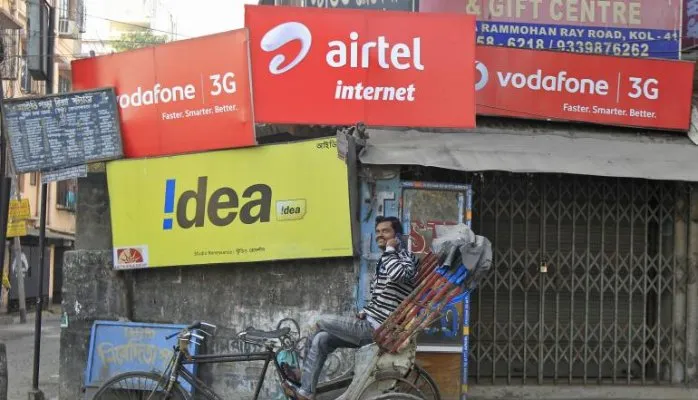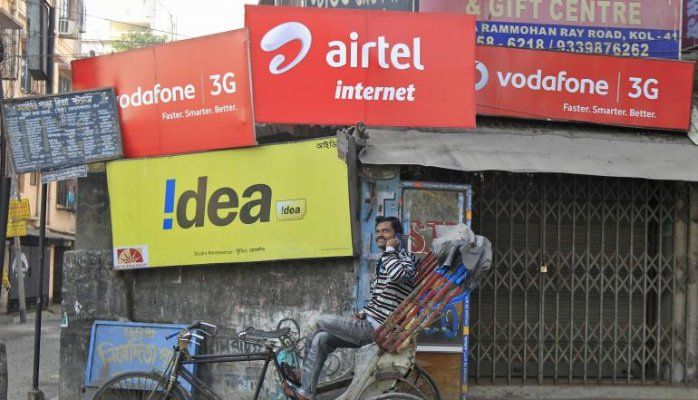The Indian startup scene is growing fast. Here’s why
When I graduated from IIT Bombay in 2008, turning down a job to do a startup was serious career suicide. Being poor for years, disownment by your parents and a significant decrease of market value in the marriage department were to be expected as well.

Last October, India’s fastest growing e-commerce startup Snapdeal raised $627 million at a reported valuation of over $2 billion. At the same time, India’s Uber-style service, Ola raised $210 million while being valued at over $1 billion in under 3 years. Later in December, India’s largest online retailer Flipkart raised another $700 million at over a $11 billion valuation. Last week, India’s online restaurant guide Zomato bought US based startup Urbanspoon for over $50 million, making this deal the largest purchase of a US based internet company by an Indian startup. Clearly, things have changed.
Being a founder myself, I was curious to understand what caused this to happen. Over the last 2 weeks, I travelled across India, met some amazing people and asked a lot of questions. Over 20 founder visits, 3 investor coffees, 1 IIT campus and several Ola rides later, 3 trends have emerged as part of this Great Indian Startup Frenzy.
Rise of new startup hubs — Kormangala and Powai
Both Koramangala in Bangalore and Hiranandani Powai in Mumbai are becoming thriving ecosystems to nurture startups in India. Kormangala is a small neighborhood of Bangalore with several startup offices, coworking spaces and founders working out of coffee shops. Bangalore being the IT hub of India, its residents are the perfect early adopters — young, mobile and hungry for new products. Startups in Kormangala are able to easily get user feedback, hire talent from other tech companies and find mentors in other successful founders nearby.
Hiranandani Powai, on the other hand, is right next to IIT Bombay. This proximity creates a constant stream of talented graduates wanting to create the next Housing.com, an online property search site that started from a dorm room at IIT Bombay. This attracts the presence of capital as well — several VC firms, including Sequoia Capital, are starting offices right outside IIT campus in Powai. Zishaan Hayath, one of the most prolific Angel Investors in India, operates an investment club out of his Powai residence while he runs the fast-growing education startup toppr.com as his full-time job.
Exponentially growing VC investments
Being a developing country, venture capital goes much farther in India than the Valley. But, unlike the Valley, it is in limited supply. Indian startups need to be much further along than startups in the Valley in order to raise rounds. Hence, successfully raising money can allow startups to scale rapidly and outrun their competitors. Investors at all stages have taken notice and are capitalizing on this trend by significantly increasing activity in India.
Example — Ola and TaxiForSure were going head to head in June ’14, with Ola having a slightly larger fleet size. SoftBank invested $210 million in Ola last October. Fast forward 3 months: Ola has grown over 4X in size with 60,000 cabs in over 52 cities while Taxiforsure has a significantly smaller fleet in about 37 cities.
In fact, SoftBank investing billions in India after their Alibaba success has played a big role in the increase in startup activity over the last year.
“We believe India is at a turning point in its development and have confidence that India will grow strongly over the next decade. As part of this belief, we intend to deploy significant capital in India over the next few years to support development of the market.” said Masayoshi Son, Chairman and CEO of SoftBank Corp.
Cheap labor powers the product
Today’s successful Indian startups allow users to replicate their offline behaviors on their mobile phones. Interestingly, all such startups use an organized, on-the-ground labor force as a key component in delivering the product experience in one of two ways.
- Collect data used in product features. Housing.com has a massive workforce tasked with visiting each and every house on the website to document its features — from taking beautiful pictures of the house to whether the neighborhood has a swimming pool or not. This is very valuable data that makes Housing.com 10x better than it’s competition and creates a solid moat around their business.
- Deliver the end-user experience. Flipkart employes a network of delivery boys to handle last mile delivery to people’s homes.
A cheap labor force makes implementing any idea possible in India. Leveraging this asset is not just a good idea, it’s a necessity in India.
Now is the time to start a company in India
Too risky? Well ... here are a few other ways you can contribute to the ecosystem:
- Work for an Indian startup. There is a huge demand for good talent, especially at senior levels. Salaries over $200,000 aren’t unheard of.
- Invest in startups. Your college network can be very effective in finding them. Angel list and termsheet.io are good resources as well.
- Use Indian products and send them feedback.
- Help Indian products get distribution in your country.
- Signup for this newsletter I started to stay informed about new products launching in India.
I’m terribly excited about the Indian startup ecosystem. If you are too, lets grab coffee! I'm at ankitgupta00 <at> gmail <dot> com.











![[Funding alert] Media-tech startup Toch raises over $400K in round led by Inflection Point Ventures](https://images.yourstory.com/cs/2/b3bfb136ab5e11e88691f70342131e20/Imagevgyw-1586973026465.jpg)